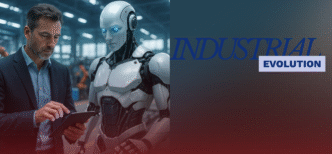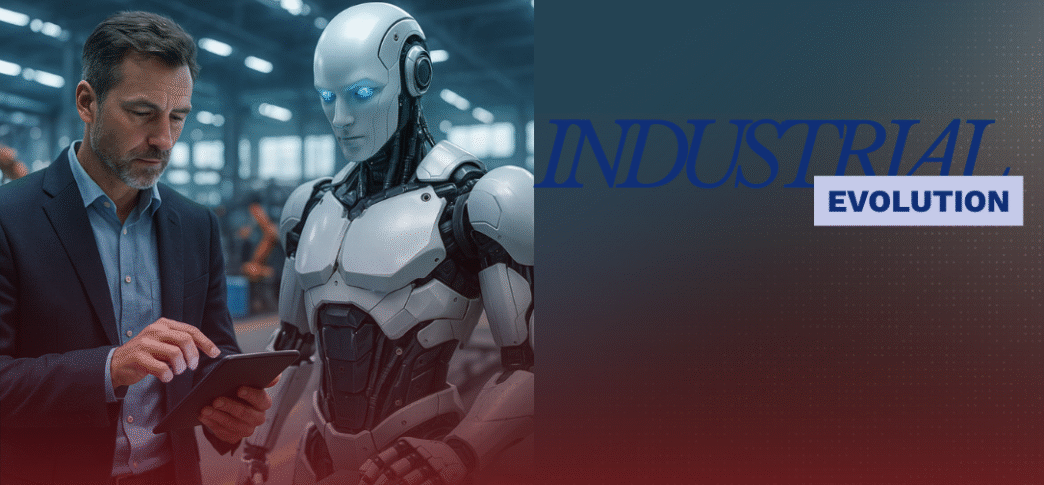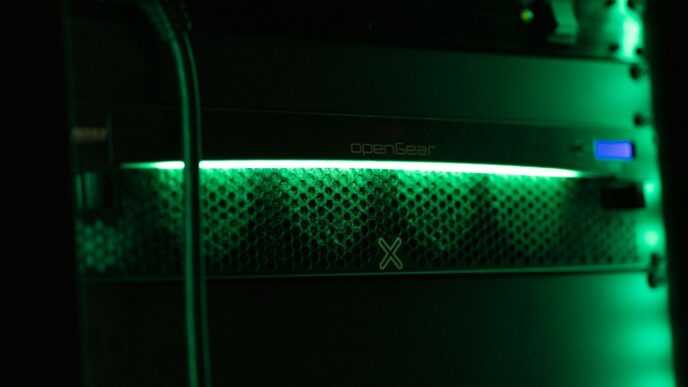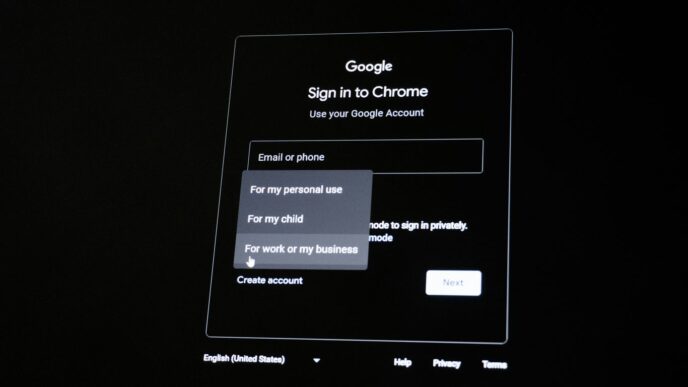The world stands at the threshold of a new industrial age, driven less by steam or electricity and more by intelligent algorithms. Artificial intelligence is no longer a futuristic promise; it is already reshaping factories, supply chains, consumer markets, and even governance. From predictive maintenance in factories to AI-driven customer insights, the next industrial revolution is being powered by data, connectivity, and adaptive systems. As this shift accelerates, it is casting new winners and challengers across geographies and sectors.
Technological Breakthroughs Driving Transformation
AI + Edge + 5G + IoT Convergence
The engine behind the next industrial revolution is the convergence of AI with edge computing, 5G networks, and the Internet of Things (IoT). Rather than sending every data point to a distant cloud, edge AI allows real-time inference locally essential for applications like autonomous robots, smart factories, and rapid quality control. 5G’s ultra-low latency makes this possible at scale.
Large Language Models, Generative AI & Automation
Advances in generative AI and transformer-style architectures allow machines not simply to analyze, but to generate from design prototypes to code, textual content, and automated reasoning. This shift expands the role of AI from narrow task automation to more creative or integrative roles.
Self-Learning Systems & Autonomous Agents
Industrial systems are increasingly embedding reinforcement learning, continual learning, and self-supervision so they adapt without explicit reprogramming. These systems can detect anomalies, self-correct, and optimize operations over time.
AI Supply Chains & Modular Ecosystems
The term AI supply chain is growing in usage meaning modular AI services, model marketplaces, data platforms, and component providers (e.g., base model, fine-tuning, inference, explainability) all interconnect. This modular approach lowers barriers for industries to adopt AI without building everything in house.
Key Industries Disrupted by AI
Manufacturing & Smart Factories
Manufacturers are among the earliest adopters. AI optimizes production, reduces downtime, and improves yield. For example:
- ASML, in collaboration with Google Cloud and ML6, uses AI to analyze calibration data from photolithography machines, accelerating test cycles.
- In the energy-intensive sectors, AI predicts maintenance, reduces waste, and optimizes supply chain flows.
Healthcare & Life Sciences
AI is transforming diagnostics, drug discovery, and patient care. Machine learning models detect anomalies in imaging earlier than human radiologists; AI systems help optimize clinical trials. The ability to integrate health data into industrial systems (for biomanufacturing, supply chains) tightens the link between AI and biotech.
Financial Services & Insurance
AI-driven risk models, fraud detection, automated underwriting, and personalized insurance offerings are being rolled out globally. The finance sector is also an exemplar of applying AI to consumer behaviour, market forecasting, and risk analysis.
Retail, E-Commerce & Consumer Behavior
Retail is being reshaped by AI recommendation engines, demand forecasting, dynamic pricing, sentiment analysis from social media, and logistics optimization (e.g. last-mile). Consumer behaviour adapts: people expect hyper-personalization in products, pricing, and services.
Energy, Utilities & Smart Grids
AI helps manage load balancing, renewable integration, grid fault detection, and predictive maintenance of infrastructure. In regions pushing green energy, intelligent control systems are critical to grid stability under AI control.
Construction & Infrastructure
Emerging work shows generative AI being applied to construction planning, document analysis, and automated design workflows.
Economic, Ethical, Policy & Workforce Implications
Economic Productivity & Displacement
AI increases efficiency — Goldman Sachs estimates generative AI could lift labor productivity by ~15% in developed economies.
Yet, there are concerns of transitional job disruptions. Some research forecasts ~6–7% of U.S. jobs may be at risk before reallocations occur.
The GenAI Divide & Pilot-to-Production Gap
A striking challenge is that while many firms pilot AI, only a small share deploy to production. One report notes only ~5% of custom AI tools actually reach operational scale.
This divide means many organizations remain stuck in experimentation mode, unable to realize full industrial ROI.
Ethical Risks: Bias, Transparency & Accountability
AI systems applied to life-critical infrastructure must be auditable, transparent, and free of embedded biases. Regulation must ensure explainability, fairness, and human oversight.
The IMF warns many nations lack ethical or regulatory foundations to govern AI development safely.
Data Sovereignty, Privacy & Digital Inequality
Industrial AI often depends on large datasets. Nations and companies may clash over data ownership, cross-border flows, and privacy exposure. Developing economies may lag due to lack of infrastructure or legal protections.
Policy & Governance Landscapes
Governments globally are racing to enact AI regulation, standards, safety frameworks, and national strategies. According to Stanford’s AI Index, legislative mentions of AI rose 21% across 75 countries in 2025.
Workforce Reskilling & Organizational Change
Organizations must reskill or redeploy staff and also collaborate with many large companies that are redesigning workflows and creating AI governance roles to capture bottom-line value.
In Japan, for example, demographic and executive traits influence how rapidly firms adopt AI. Younger tech-savvy leadership correlates with more aggressive AI investment.
Long-Term Outlook & Regional Adaptation
United States & North America
The U.S. remains a leader in AI innovation, startup activity, and enterprise adoption. With strong capital markets and research ecosystems, U.S. firms push ahead in automation, autonomous vehicles, and advanced manufacturing. Yet workforce transition and regulation will be key challenges.
Europe
Europe emphasizes regulation, ethics, and industrial sovereignty. The EU’s InvestAI program sets aside €200 billion to build AI infrastructure and “AI gigafactories” across the bloc. EU strategy balances tech ambition with social safeguards, a model often cited globally.
Asia
China, India, South Korea, and others push AI adoption aggressively. For instance, OpenAI’s user base has exceeded 400 million weekly users, reflecting broad consumer AI engagement.
Africa & Latin America
These regions face infrastructure, connectivity, and investment gaps. But AI-powered leapfrogging is possible in areas like mobile finance, precision agriculture, and health diagnostics. Collaborative development of digital infrastructure will be critical.
Final Thoughts
Each prior revolution steam, electricity, digital reshaped society, industry, and power structures. Today’s wave is different: it’s cognitive, distributed, and self-improving. AI isn’t just another tool it’s becoming the connective tissue across networks, systems, and markets.
Yet success hinges not merely on what AI can do, but on how societies govern, deploy, and integrate it responsibly. Nations and industries that combine innovation with ethics, infrastructure, and workforce readiness will lead the next century.
In short: AI is powering the next industrial revolution. But whether that revolution is inclusive, sustainable, and human-centered depends on choices made today.














